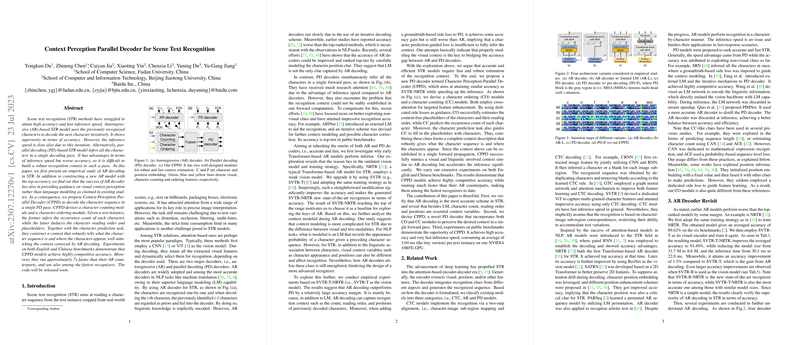Summary of "How to Use the IEEEtran LaTeX Templates"
The paper "How to Use the IEEEtran LaTeX Templates," authored by the IEEE Publication Technology Department, provides a comprehensive guide for researchers on utilizing the IEEEtran class in LaTeX for preparing manuscripts suitable for submission to the Institute of Electrical and Electronics Engineers (IEEE). The focus of this document is on detailing the functionalities and versatility offered by the IEEEtran templates for crafting conference, journal, and technical note papers.
Key Topics Covered
Template Overview and Purpose:
The document emphasizes that IEEEtran templates are designed to approximate the final layout and presentation of IEEE articles. However, they are not intended for final production work. This is crucial for authors to achieve a realistic page count and layout simulation prior to submission.
LaTeX Distribution and Template Access:
The paper instructs on obtaining the IEEEtran templates and LaTeX distributions, recommending sources like the TeX User Group for comprehensive and up-to-date distributions compatible with various operating systems.
Document Class Options:
Several document class options are discussed, each tailored to different types of IEEE publications, such as journal articles, conference papers, and specific society templates. This provides clarity on the appropriate class options ensuring compliance with IEEE publication standards.
Core Formatting Elements:
Comprehensive instructions are provided on coding for fundamental elements of a paper, including titles, author names, affiliations, abstracts, keywords, and various section-heading styles. The guidelines are aimed at maintaining consistency and conformity with IEEE styling requirements.
Advanced Document Elements:
The document dives into more complex LaTeX elements such as managing running heads, handling figures and tables, working with lists, and coding mathematical equations. It serves as a detailed reference for formatting these elements correctly to ensure they meet IEEE publication standards.
Bibliographic References:
Authors are provided with insights into creating and formatting bibliographies using both manual methods and BibTeX, with emphasis on IEEE citation style.
Math Typesetting Guidelines:
A dedicated section on the importance of mathematical typography guides authors on proper equation formatting, alignment, and environments for display equations. This ensures the mathematical content is clearly presented and adheres to IEEE typographic standards.
Final Checklist and Additional Advice:
The paper concludes with a checklist and additional advice to ensure all essential components of the manuscript are included and correctly formatted. It also discourages outdated coding practices and emphasizes the importance of using soft references to maintain document integrity.
Implications and Future Directions
Practically, this document is indispensable for researchers in fields related to electrical engineering, computer science, and related domains who seek to publish with IEEE. It enables authors to efficiently leverage the LaTeX system to produce high-quality, publication-ready documents. Theoretically, this document could influence how templates evolve to integrate more advanced features, potentially with the help of new LaTeX packages or updates to existing ones. Future developments in this area might include enhanced support for interactive content or automated formatting and validation tools integrated directly into the templates.
In conclusion, the paper offers a detailed exploration of the tools and methods necessary for IEEE manuscript preparation using LaTeX, contributing significantly to the scholarly publication process within the IEEE community.
